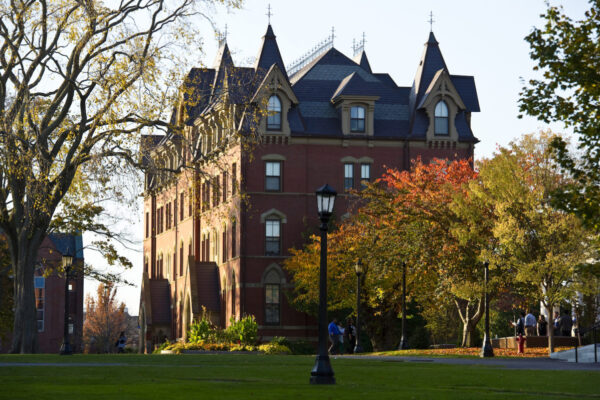Changes in Public K-12 Enrollment May Lead to Future Challenges for Higher Education
Title: Knocking at the College Door: How the Pandemic Compounds Education Pipeline Challenges.
Author: Peace Bransberger
Source: Western Interstate Commission for Higher Education
A report from the Western Interstate Commission for Higher Education (WICHE) discusses how the COVID-19 pandemic exacerbated existing issues in the public educational pathway. Lower birth rates and smaller public school enrollments could continue to cause concern for higher education leaders and policymakers. The report outlines the demographic changes in public elementary, middle, and high schools and provides recommendations for how leaders can respond to these shifts.
Takeaways from the report include:
Public K-12 enrollment experienced modest enrollment declines. Overall, public schools saw a nationwide enrollment decrease of two percent, or around 833,000 students. However, available enrollment data for graduating classes impacted by the pandemic–those currently in 11th and 12th grade–has remained steady, indicating that the market for nearest term college enrollment may not be significantly impacted.
Learning losses in middle grades could lead to enrollment declines in the future. The report highlights two major concerns for college leadership. First, middle school students experienced serious learning declines over the course of the pandemic. Second, the report suggests that learning losses could lead to lower high school enrollments and higher dropout rates. Institutional leaders and policymakers will need to monitor learning losses closely to understand how to react in future years.
High school enrollment declines varied by race. The report breaks down high school enrollment declines by race and finds variations among racial identity. Black students saw a decline in public school enrollment by 1.3 percent in 2021 compared to the previous year, and white student enrollment dropped 1.6 percent. However, Hispanic enrollment only declined by 0.1 percent, remaining relatively stable, which the report attributes to a growth of Hispanic youth in the United States.
A link to the full report can be found here.
—Alexander Cassell
If you have any questions or comments about this blog post, please contact us.


